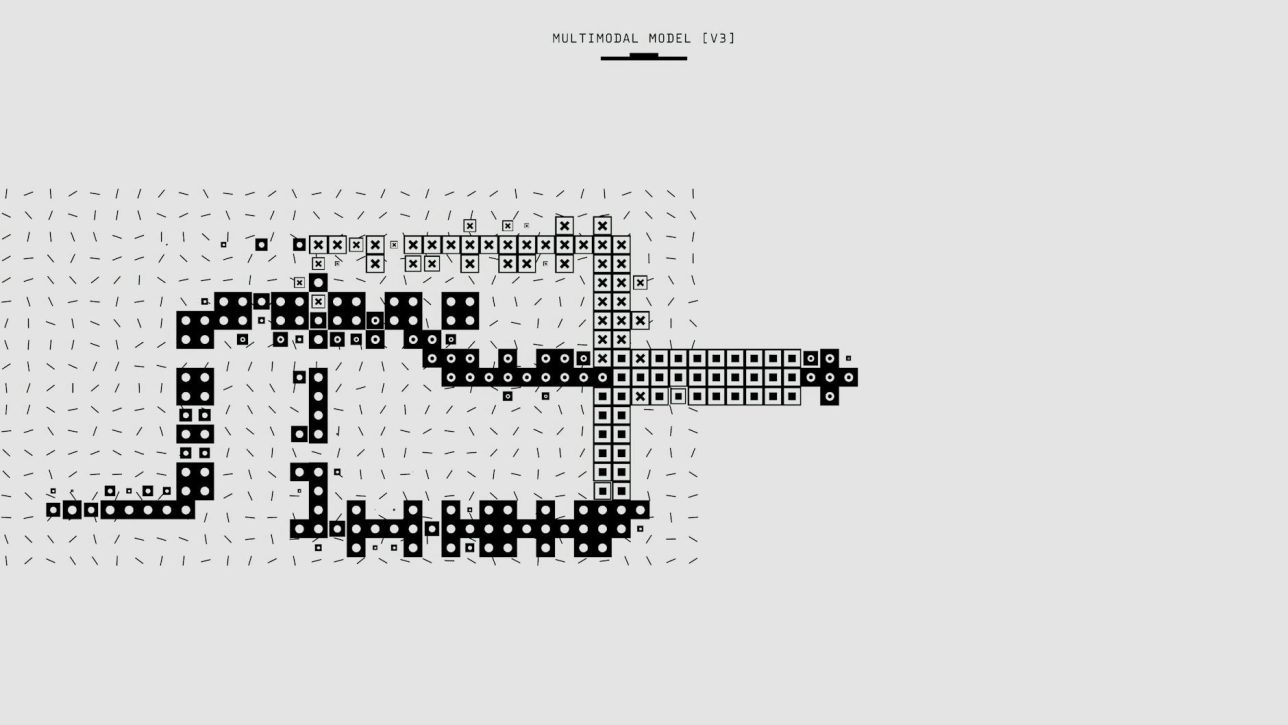Understanding Graph Neural Networks
Introduction to GNNs
Graph Neural Networks, or GNNs, are innovative deep learning techniques designed specifically for processing data structured as graphs. Unlike traditional machine learning models, GNNs can handle non-Euclidean data, making them an ideal choice for various applications—from social network analysis to protein interaction predictions. GNNs allow you to perform node-level, edge-level, and graph-level prediction tasks efficiently. This capability sets them apart from Convolutional Neural Networks (CNNs), which excel in fixed-size grid data, such as images (Neptune.ai).
Here’s a simple overview of what GNNs can achieve:
| Task Level | Description |
|---|---|
| Node-Level | Predict properties of individual nodes, like predicting the type of a user in a social network. |
| Edge-Level | Assess relationships between nodes, such as identifying if a friendship exists based on interactions. |
| Graph-Level | Determine characteristics of an entire graph, for example, the classification of a chemical compound’s graph structure. |
Challenges in GNN Implementations
Despite their advantages, implementing GNNs poses several complex challenges. One significant issue is oversquashing, where GNNs struggle to transmit information between nodes due to certain bottlenecks in the graph’s topology. This problem can lead to a loss of important data as it travels through the network. Recent works focus on techniques to quantify and address oversquashing by adjusting the graph’s structure (Oregon State University).
Another challenge involves the use of transformers in GNNs, particularly concerning positional encodings. While positional encodings are utilized to represent graphs, understanding the differences among various encoding methods can be tricky. Ongoing research is dedicated to comparing and unifying these positional encodings to enhance GNN performance (Oregon State University).
Existing graph neural networks may lack expressiveness, complicating the design process as you need to manage various trade-offs. For effective implementations, it’s critical to develop an understanding of these challenges and how to overcome them, which can be found in resources on graph neural networks algorithms and graph theory algorithms explained.
As you delve deeper into GNNs, consider exploring various frameworks and libraries tailored for GNNs, which can aid in smoother implementation. For more details, check out articles like graph convolutional neural networks and deep learning on graphs.
Improving Graph Neural Networks
Improving the performance of Graph Neural Networks (GNNs) is essential for their successful implementations. You will encounter various challenges, including oversquashing and bottlenecks in graph topology. Here, we’ll discuss techniques to address these issues.
Techniques for Oversquashing
Oversquashing occurs when a GNN has difficulty transmitting information between nodes in a graph due to certain limitations in topology. This is known to create a bottleneck that can hinder the performance of your GNN. Recent work has identified ways to quantify and mitigate oversquashing by modifying the graph’s topology. Some techniques include adjusting the connectivity of the graph, optimizing node features, and employing message-passing strategies that enhance spatial relationships among nodes. The main goal here is to improve the flow of information in your GNN to ensure better expressiveness and overall performance (Oregon State University).
To illustrate, consider the following table summarizing common oversquashing techniques:
| Technique | Description |
|---|---|
| Graph Connectivity | Enhance links between nodes to improve communication. |
| Node Feature Optimization | Tailor node features for greater relevance in information exchange. |
| Message-Passing Enhancements | Use advanced aggregation functions to improve data flow among nodes. |
Addressing Bottlenecks in Topology
Bottlenecks in graph topology can severely impact the performance of GNNs. Understanding the layout of your graph can help in optimizing the flow of information through its structure. One way to tackle these bottlenecks is to apply changes that create more direct paths for information transfer. This might involve altering the structure of graphs by removing unnecessary edges or strategically adding new ones.
Utilizing techniques like Graph Convolutional Neural Networks (graph convolutional neural networks) can also help in addressing topology-related bottlenecks. These networks operate by aggregating information from neighboring nodes, ensuring that data flows efficiently throughout the network. Alternatively, employing recurrent or convolutional structures like spatial-temporal graphs may introduce myriad pathways for information to traverse, improving overall performance (Prince Canuma).
You can explore topology adjustment strategies and their role in GNN implementations to further enhance your understanding. The interplay of topology and advanced algorithms can lead to promising results in GNN performance. For a deeper dive into algorithms and their implementation, check out our resource on graph neural networks algorithms.
By employing these techniques, you can effectively improve the performance of your graph neural network implementations and address common challenges faced in the field. The road to mastering GNNs is paved with understanding both theory and practical applications in real-life scenarios, which can be further explored through our guide on applications of graph theory in real life.
Practical Applications of GNNs
Graph Neural Networks (GNNs) have opened up numerous opportunities for innovation across various fields. Their unique ability to process data represented in graph structures allows for enhanced accuracy in predictions and decision-making. Let’s explore the implementations of GNNs in several industries and examine some real-world use cases.
GNN Implementations in Various Industries
Many sectors are now leveraging GNNs to achieve specific tasks that benefit from their advanced processing capabilities. Here’s a breakdown of some key industries utilizing GNNs:
| Industry | Application | Example Implementation |
|---|---|---|
| Financial Services | Fraud Detection | Banks using GNNs to analyze transaction patterns. |
| Healthcare | Drug Discovery | Pharmaceutical companies applying GNNs for molecular interactions. |
| Retail | Recommendation Systems | E-commerce platforms employing GNNs to suggest products. |
| Social Media | Social Recommendations | Platforms like LinkedIn using GNNs for skill-job matching. (NVIDIA) |
| Logistics | Route Optimization | Companies using GNNs for efficient delivery routing. |
GNNs provide more informative insights in these areas, enhanced by their ability to handle complex relationships within the data (NVIDIA Developer).
Real-World Use Cases of GNNs
GNNs are being put to work in various exciting real-world scenarios. Here are a few notable examples:
-
Fraud Detection: In 2020, Amazon launched a public GNN service that supports fraud detection by analyzing transaction graphs to identify suspicious patterns (NVIDIA).
-
Drug Discovery: Researchers in the pharmaceutical industry utilize GNN methodologies to predict interactions between compounds effectively, speeding up the drug discovery process.
-
Smart Recommendations: Companies like LinkedIn use GNNs to enhance social recommendations, understanding the intricate relationships between user skills and job titles (NVIDIA).
-
Network Analysis: Network security firms employ GNNs for detecting anomalies in network traffic by representing data as a graph, making it easier to spot irregular patterns.
-
Transportation: Organizations apply GNNs for analyzing traffic patterns to optimize delivery routes, reducing costs and transit times.
These implementations represent just a fraction of what GNNs can achieve across various domains. As you delve deeper into the world of graph neural networks, consider exploring the broader applications of graph theory in real life and learning more about graph neural networks algorithms.
Implementing Graph Neural Networks
When it comes to graph neural network implementation, choosing the right frameworks and libraries can significantly enhance your development process. Here’s a closer look at some popular options available to you, as well as practical code examples to get you started.
Frameworks and Libraries for GNNs
There are several robust libraries and frameworks designed to simplify the process of implementing graph neural networks. Here are some of the most prominent ones:
| Library/Framework | Description |
|---|---|
| Deep Graph Library (DGL) | An easy-to-use, high-performance library for deep learning on graphs. It offers a clean API and auto-batching capabilities, making it ideal for experimentation and production. It has been tested with a dataset of 1.7 billion edges on advanced GPU setups. |
| Graph Nets | Developed by DeepMind, this library is tailored for building graph networks using TensorFlow and Sonnet. It provides flexibility for implementing various GNNs and extends support to temporal graphs. |
| Spektral | An open-source Python library that is based on the Keras API and TensorFlow 2. It provides a flexible framework for creating graph neural networks with ease. |
| NVIDIA AI Accelerated GNN Frameworks | This framework offers end-to-end reference examples for applications like fraud detection, recommender systems, and drug discovery. The models are GPU-optimized and validated, making them suitable for production use. |
These frameworks cater to different levels of expertise, so choose one that fits your comfort level and project requirements.
Code Examples and Algorithm Implementation
Once you’ve selected a framework, implementing GNNs becomes easier with code examples. Below is a simple example of creating a graph convolutional neural network (GCN) using the Deep Graph Library (DGL):
import dgl
import torch
from dgl.nn import GraphConv
class GCNLayer(torch.nn.Module):
def __init__(self, in_feats, out_feats):
super(GCNLayer, self).__init__()
self.conv = GraphConv(in_feats, out_feats)
def forward(self, g, features):
return self.conv(g, features)
# Example usage
g = dgl.graph((src, dst)) # Define your graph
features = torch.Tensor(node_features) # Your node features
layer = GCNLayer(in_feats, out_feats)
outputs = layer(g, features) # Output from the GCN layer
This snippet showcases how to create a simple GCN layer and run it on a graph. You can learn more about such implementations in the graph neural networks tutorial.
In addition to DGL, you can explore the use of other libraries for different types of neural networks. If you’re interested in various algorithms used within GNNs, check out the graph neural networks algorithms section for a deeper understanding.
As you embark on your journey of implementing GNNs, remember to refer to available resources like graph theory code examples and applications of graph theory in real life to further broaden your knowledge and skills in graph computations and deep learning.





